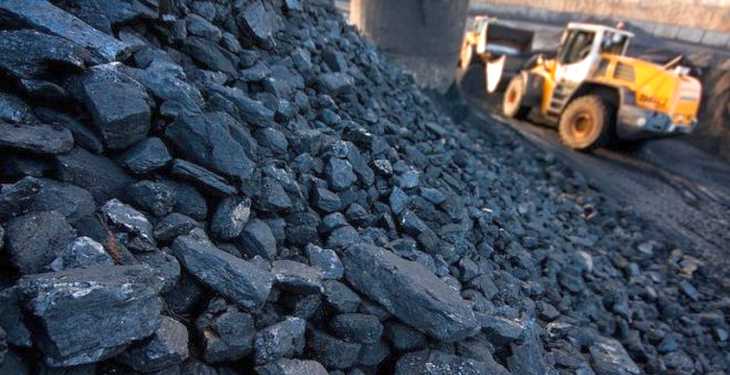Mike Parr
Poland can’t continue to rely on coal, because it’s dirty, inefficient and increasingly has to be imported from Russia. But is there an alternative? Yes, there is, writes Mike Parr of consultancy PWR, for Energypost.eu. Poland could import excess nuclear power from Ukraine. In fact, the interconnections for this have been in place for years. But Polish politicians have not taken action.
The need for countries to have coherent energy policies that extend beyond election cycles is uncontroversial. Sadly, many EU member states have energy policies with the directional consistency of a weather vane. The following example comes from Poland but other large member states are not much better. Think of France, which has just gone back on a promise to reduce nuclear power, or Spain, which abruptly slammed solar subsidies, or Germany, which has greenhouse gas targets it ignores in favour of the coal industry.
Poland has long been seen, by the rest of Europe as failing to taking action on CO2 emissions. One of the biggest emitters is the mostly-coal-burning power sector. (See this map for a real-time view on how bad it looks.)
The Polish “love” of coal is driven by three desires, a desire for energy independence, a desire to maintain employment (coal mines) and a desire to win elections, the latter two points being firmly linked in the mind of the current PiS-run government. As in many fairy stories, the desires have no hope of being realised.
Coal subsidies
Energy independence: in 2016, Poland imported 10 million tonnes of hard coal (12% of consumption), mostly from Russia. This may well increase. Poland has viable reserves of hard coal that will last 20 years and lignite for 30 years, at current rates of consumption.
Employment in coal mines is linked to coal subsidies. Complaints by various Green parties on this issue were ignored by all parties (Hi Mr Tusk – yours as well) for years.
However, in June 2017, the Polish Supreme Audit Office produced a report showing that the coal sector had received subsidies of €15.4 billion between 2007 – 2015. This is roughly €17,000 per year per coal miner. This may seem a reasonable price to pay to win elections (Mr Tusk thought so, ditto the PiS party), quite what the non-coal-mining part of Polish society thinks is unknown.
Given the above, it is not surprising that Polish energy minister, Krzysztof Tchórzewski recently announced that Poland would build only one more large-scale coal-fired station.
Hot and cold
In the case of non-coal generation, Polish governments of all stripes have talked about nuclear and blown hot and cold about renewables (there is a creditable 6GW of wind currently operational). The installed Polish generation base is 36GW. The Polish TSO (Polish Power Grid) estimates that between 2013–2020 about 6600MW of this capacity (mostly old large fossil stations) will be retired with more retirements in the 2020 – 2030 period. Something needs to be done, fast.
Enter the Ukraine and its nuclear power fleet. There is roughly 14GW of operational nuclear stations in Ukraine. There is significant nuclear capacity available for export, the “willing seller” being Ukraine’s nuclear operator Energoatom.
However, electricity exports are conditional on the existence of adequate cross border links and for the power stations generating and networks carrying the power aligning with ENTSO-E network codes.
It just so happens…
Falling firmly into the category of “and it just so happens” is a 2000 MW un-utilised power line which, believe it or not, runs, from Khmelnitska (Ukraine) to Rzeszów (Poland). The line (operating at 750kV) needs renovation. There is also a line which runs from Zakhidnoukrainska (Ukraine) to Albertirsa (Hungary). This is in operating condition but may need some renovation.
The good news continues: there is a project called “Energy Bridge” between Ukraine and the EU which will renovate cross border connections and align some nuclear stations and parts of Ukraine’s network with ENTSO-E codes. The pilot project aims to start the export of 1550MW of power by 2019 and has the potential to grow to 2550MW. The “willing seller”, Energoatom has a willing buyer in the Polish energy company Polenergia.
From a Ukrainian point of view, the revenues from electricity exports will be used for the worthy goals of infrastructure development both on the generation and network side. Energoatom would also like to complete two power units at the Khmelnitsky Nuclear Power Plant which would further increase the possibilities of electricity exports to Poland and Hungary.
